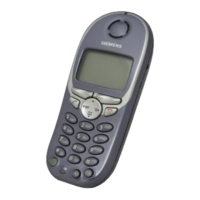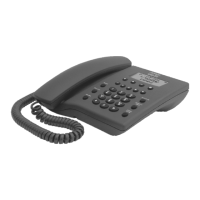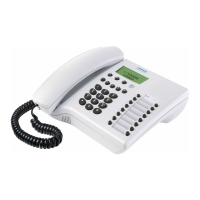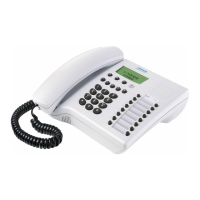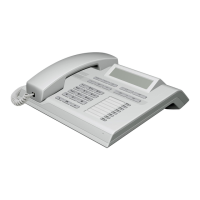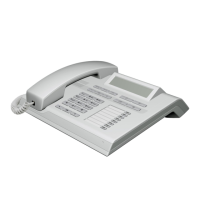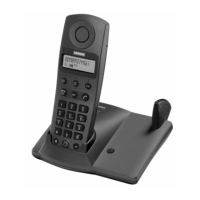7–8 ROLMphone 300/600 User Guide
Station Hunt Group
To set up a station hunt group, a person who wants to
be included sets up a destination, which is the next
extension to be hunted. Calls to that person’s primary
extension will then advance to their destination.
You can only join a station hunt group if your phone
has been assigned the station hunt group class of
service. (Ask your CBX system administrator
whether your phone has it.) You can only be a
member of one station hunt group. However, other
linear-pattern hunt groups may include you as the last
member of their groups. (See “Linear Pattern” on
page 7–9.)
A call to a station hunt group can be made initially to
any group member, since a station hunt group does
not have a pilot extension.
Hunting Patterns
If hunt destinations are set up so that the first member
becomes the destination of the last member, a circular
pattern is formed. If hunt destinations are set up so
that the last member has no further destination, a
linear pattern is formed.
Circular Pattern
In a circular pattern, a call will advance from busy
phones, or from ringing phones with No-Answer Ad-
vance, until every phone in the group has been
checked once.
For a circular-pattern
pilot hunt
group, if all the
members of the group are busy the call will then be
placed in a queue until one of the members becomes
available. If no system queue has been set up at the
CBX, or if all queue positions are occupied, the caller
will receive a busy tone.
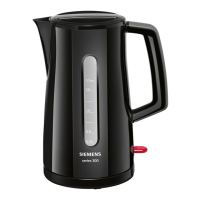
